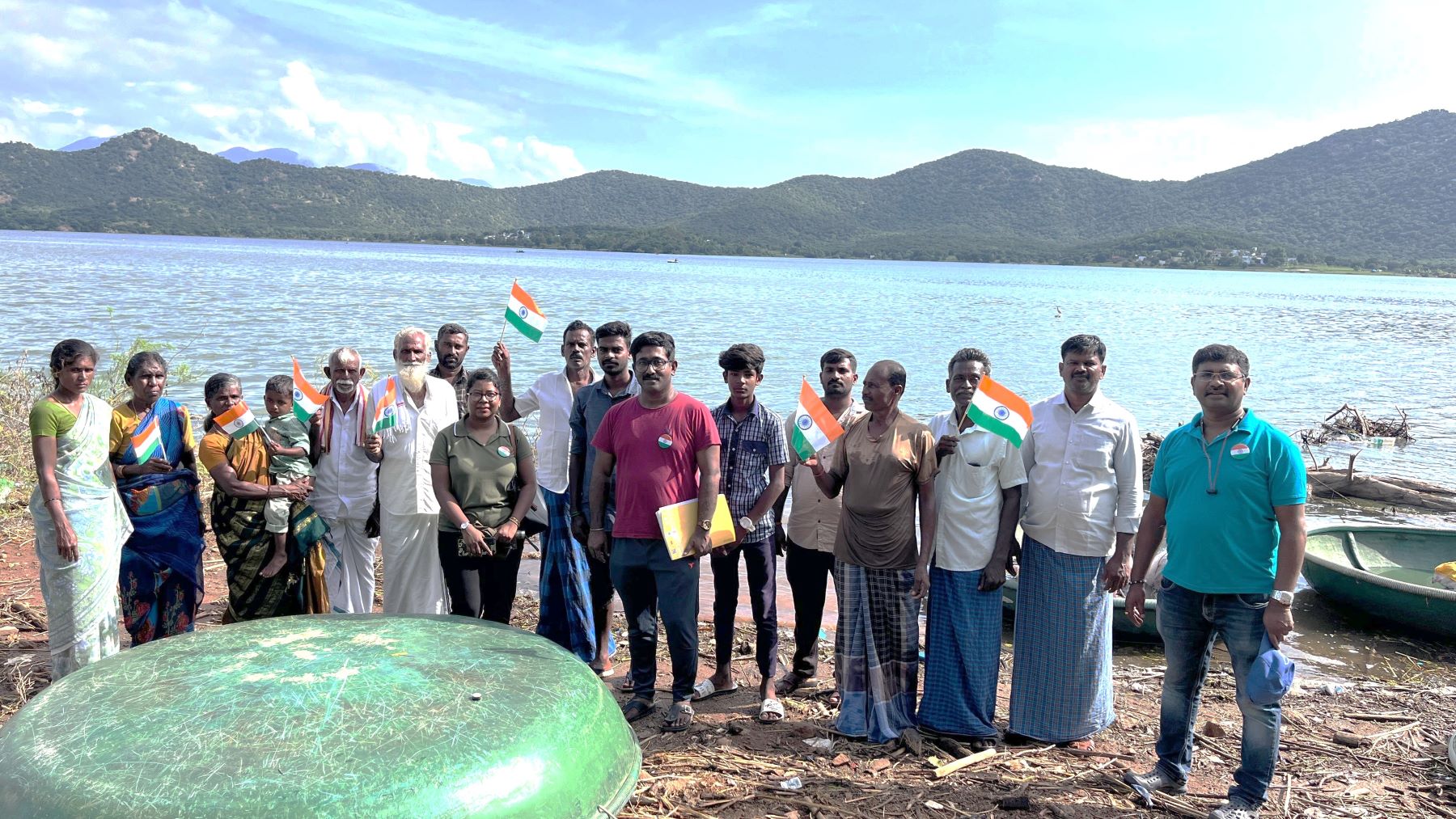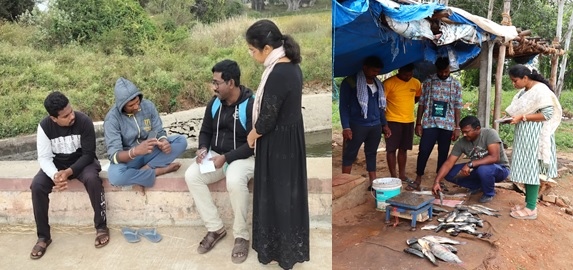Overview
Publications
Recruitment
Intranet
CIFRI Corners'
Among the major rivers of India, the River Cauvery holds a unique status in harbouring a high number of endemic fish fauna owing to its remarkable habitat heterogeneity and location of major part of the basin in the Western Ghats biodiversity hotspot. Comprehensive surveys on fish catch, diversity, and socio-economics of fishers in the river, were conducted by scientific team of ICAR-CIFRI comprising of Mr. Roshith C. M (Sub-project leader), Dr. Anjana Ekka, Dr. V. L. Ramya, Dr. Sangeetha M. Nair, and Dr. Vijayakumar M. E at 72 fishing villages and 14 major riverine fish landing centres situated in the districts of Kodagu, Mysore, Chamarajanagara, Krishnagiri, Dharmapuri, Salem, Erode, Karur, Tiruchirappalli, Thanjavur, and Nagapattinam. The data were collected through semi-structured interviews of fishers at fishing villages, members of fishermen's cooperative societies, and officials from the State Fisheries Departments, combined with direct observations of riverine fish landings made by the team members.












